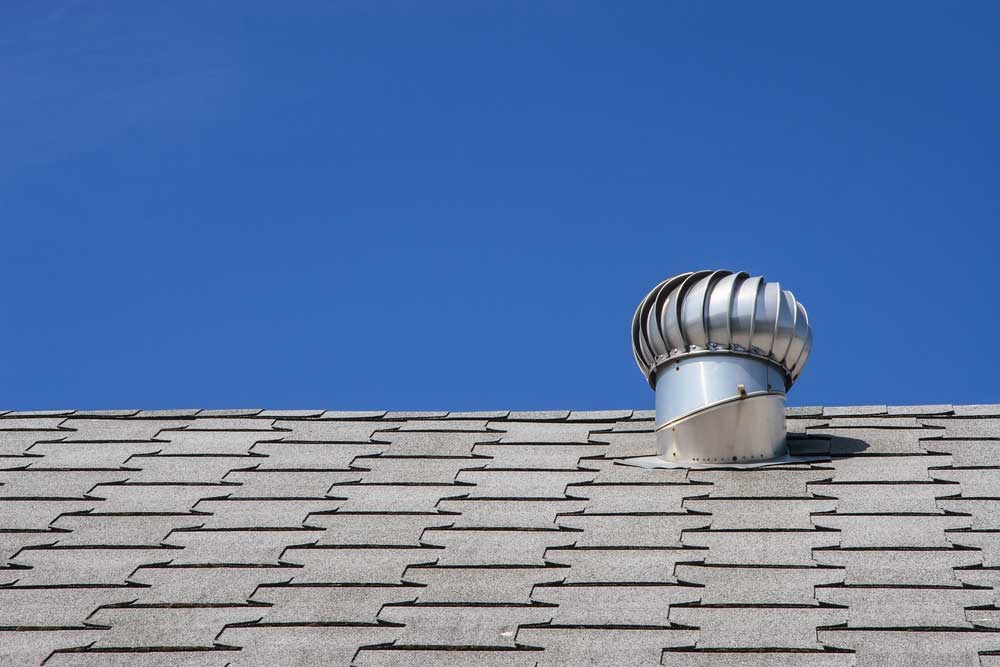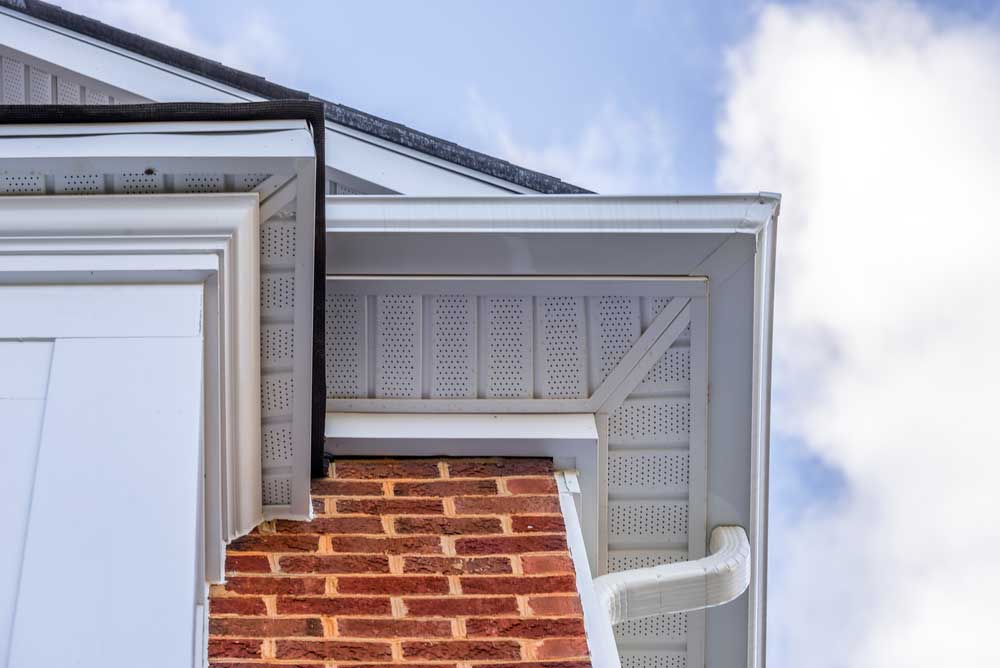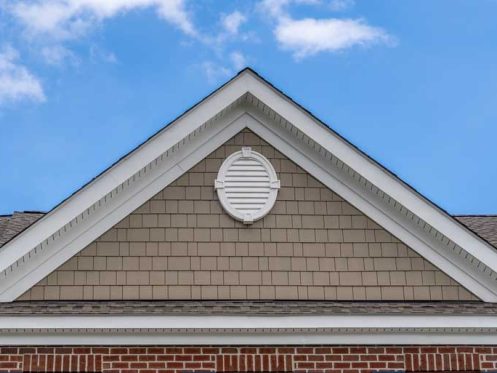You may not think about how attic ventilation can affect your roofing system, but it’s an important part of the process. In fact, roof ventilation is a critical part of keeping your home energy-efficient and comfortable throughout the year. That’s why you want to make sure that both your attic and your roof are allowed to breathe effectively.
Fresh air is drawn in from the soffit vents as hot air is drawn out through the roof vents, and it can be done through either an active or a passive ventilation system. Active systems use powered attic ventilation, which involves the use of fans to blow out hot air. Passive systems rely on natural airflow through ridge, gable, or box vents.
To optimize your roof ventilation, you want to make sure that both your attic and your roof have proper air sealing and insulation. You should also think about using alternative solutions (such as radiant barriers or reflective roof surfaces). All of these measures will be helpful in creating a cooler and more energy-efficient living space.
How Roof Ventilation Works
The roof ventilation process involves the circulation of air within your attic space. It relies on the natural tendency for warmer air to rise and for cooler air to settle, which can be used to create continuous airflow. As warm air rises, it’s allowed to leave your home through the upper vents. Cooler air is then brought in through the lower intake vents, which will replace the moisture-rich warm air and lower your attic’s temperature.
This process is critical for regulating temperature and moisture levels inside your home. It can also help to reduce humidity levels and energy-efficiency, which can be beneficial during those hot South Texas summers. Good ventilation is also important for making sure you have good indoor air quality by preventing issues related to excessive moisture. Improper ventilation can lead to mold growth, wood rot, and even structural damage.
Having a roof and attic with good ventilation will keep that space from getting too hot in the summer. Your air conditioning won’t have to work as hard to keep your living space comfortable, which can be helpful in reducing cooling costs.

Types of Roof Vents
There are many types of roof vents, and they all have their benefits (as well as their drawbacks). Some of the most common types include the following:
- Soffit Vents — These are located under the eaves, and they act as intake vents that draw in cooler air.
- Ridge Vents — These are installed along the roof’s ridge and allow hot air to escape through the highest part of your attic. They work well when they’re used with soffit vents, so temperature can be evenly distributed across the roof’s surface.
- Gable Vents — These are installed on the gable ends of your home. They can also act as both intake and exhaust vents.
- Roof Louvers — Also called “box vents,” these are installed on the roof surface and act as exhaust vents. They use natural convection to allow warm air and moisture to exit your home.
- Wind Turbines — Also called “whirlybirds,” these non-static vents use wind to draw hot air and moisture out of the attic. This mechanism allows them to circulate more air than box vents.
- Power Vents — Also called “roof-mounted vents,” they have motors that are used to operate large fans (which expel hot air and moisture from the attic). They can be equipped with adjustable thermostats or humidistats, and they require the use of electricity. Some models also have integrated solar panels, which give them a more eco-friendly energy source.
- Off-Ridge Vents — These are similar to box vents and are static in nature, except they’re long and thin. They’re placed over a cut section in the roof near the ridge. And while they will allow hot, moist air to leave the attic, several will have to be installed for them to be effective.
- Cupola Vents — These vents can be strictly decorative, or they can be completely functional. They’re placed on a high ridge and create an opening in the roof structure, which allows hot air and moisture to leave your home. In most cases, they will act as supplementary support for the main ventilation system.

Building codes will often suggest creating a balance between intake and exhaust ventilation. But if you add more ventilation at the eaves than at the ridge, it can slightly pressurize the attic. This can prevent conditioned air from being sucked out of your living space.
If you’re concerned about your roof and attic ventilation and are looking for one of the best roofing companies in Corpus Christi, be sure to reach out to Bayfront Roofing.
